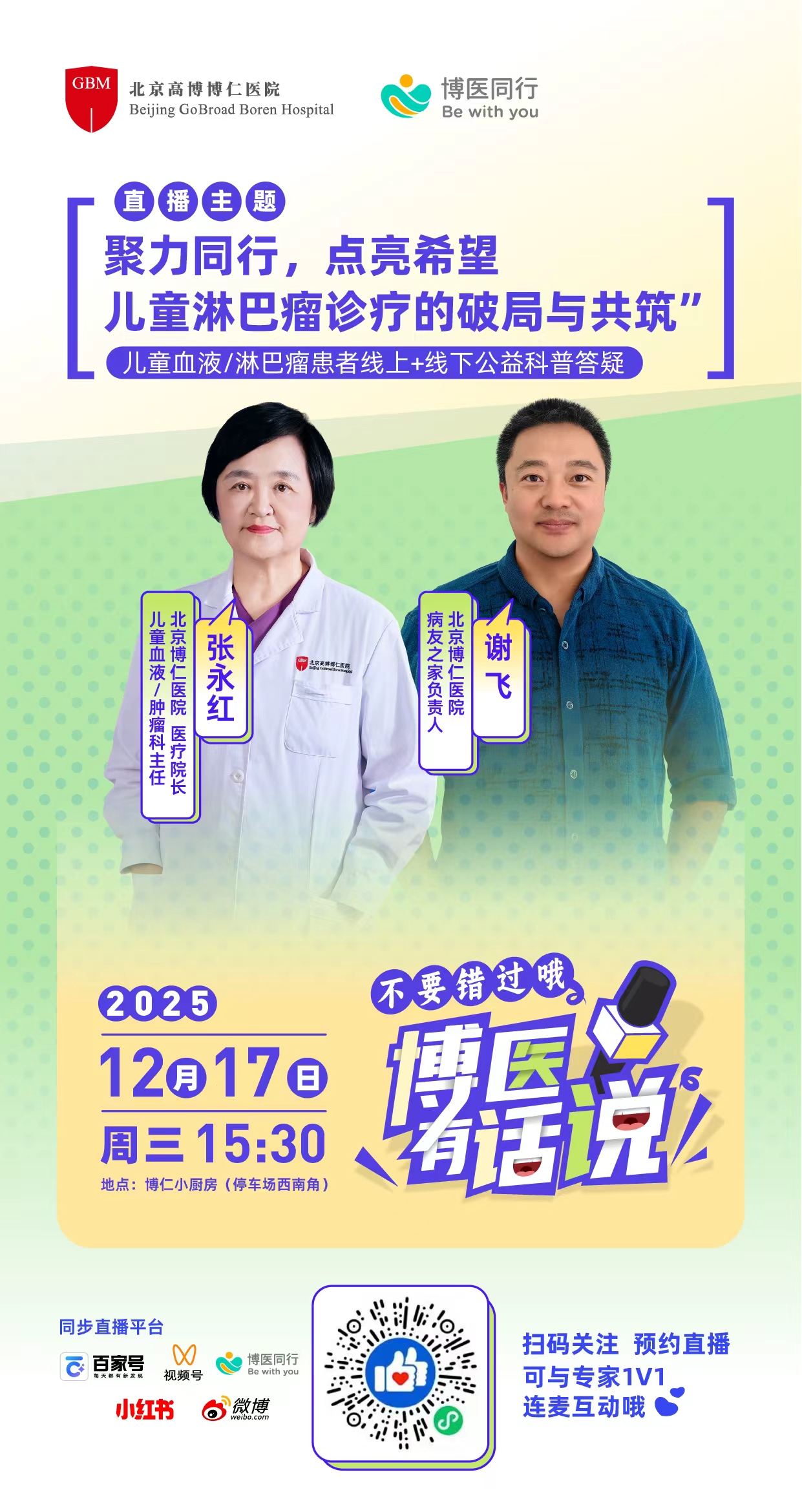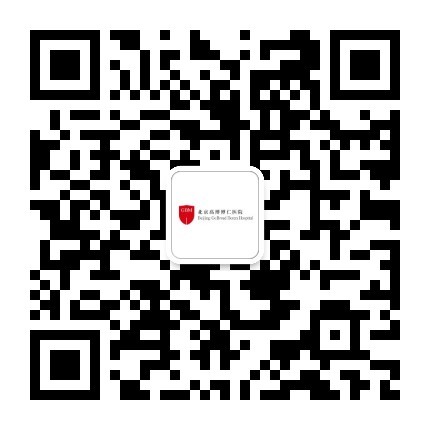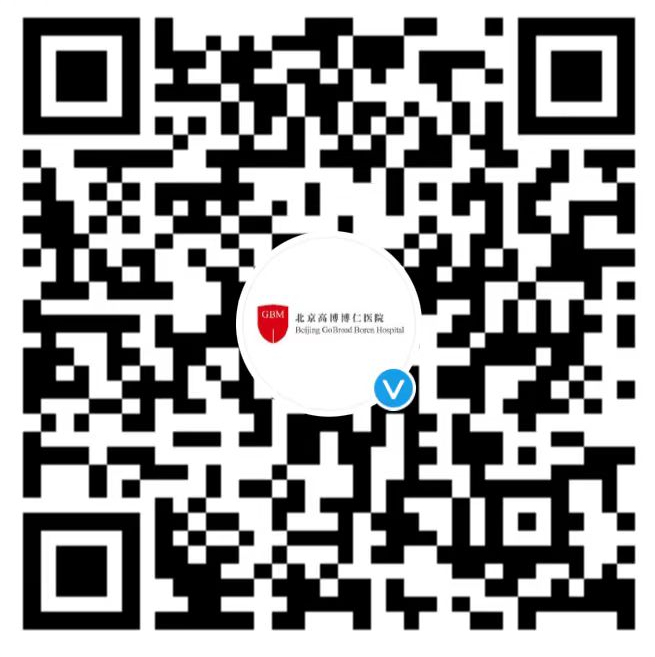医院新闻
指导 | 世界卫生组织 WHO 发布的口罩使用指南来了!
以下文章来源于科学有故事 ,作者汪诘
2020 年 1 月 29 日,世界卫生组织的官网正式发了一份非常重要的书面材料,完整的全称是《在新型冠状病毒(2019-nCoV)爆发的背景下,对于社区、家庭护理和医疗环境中使用口罩的临时指南》。
书面材料下载链接:
https://www.who.int/docs/default-source/documents/advice-on-the-use-of-masks-2019-ncov.pdf?sfvrsn=40619336_1&download=true
ps:请用电脑浏览器打开
我看到以后,马上让牛牛小编全文翻译了出来,因为我觉得这份文件出来的很及时,对我们每个人都有帮助。
在翻译全文之前,我先把我所理解的这份指南中,对我们大多数普通人具有有价值的几个关键点说一下:
口罩分为医用防护口罩、医用外科口罩和医用护理口罩,以及日常家庭用的普通棉布口罩。在世卫组织的文件中提到的医用口罩特指医用防护口罩,的特征是用绳带打结绑在头部,或者是一个杯子状的外形,用绳带绑或者两根松紧带套在头上。也就是说,常见的那种用松紧带挂在耳朵上的的那些薄薄的口罩都不是医用防护口罩。对于预防这次新型肺炎来说,世卫组织指出,只有医用防护口罩是有证据表明有效的。
假如你买不到医用防护口罩,请不要恐慌。因为世卫组织指出,正常情况下,只要你的附近,小于 1 米直径范围内没有咳嗽或者打喷嚏的疑似患者,你就是安全的。
洗手比戴口罩更重要。假如你因为戴了口罩而产生虚假的安全感,却忘了最重要的洗手,那么就是得不偿失的。
假如你只是偶尔,很正常的咳嗽或者打个喷嚏,的处理方式是用手肘或者纸巾来捂住口鼻,而不是用手捂,或者戴着口罩打。
口罩如果戴着时间久了变湿润了,就不能再戴,再戴下去,不但不能防住各种细菌病毒,还会增加患病的风险。
一次性口罩不要重复使用。
注意啦,在医疗场所,也就是那些高危场所,世卫组织明确指出,戴普通的布或者棉的口罩只会增加健康人的感染风险,要戴只能戴医用防护口罩。这个道理其实细想一下就能理解,普通口罩根本无法过滤细菌和病毒,反而更容易让细菌和病毒在你的口罩上聚集,是有百害而无一利的。
医用防护口罩
医用护理口罩
你明白了吗?如果想节约点口罩,把它用在刀刃上,在空旷的室内外没有戴口罩的必要。大家没必要过度恐慌,病毒没有电影中的那样恐怖,吸一口空气就中毒。请保持理性。
以上这些是世卫组织对我们这些大多数普通健康人的建议,而对于那些疑似并被隔离的人来说,世卫组织有一条非常非常重要的建议,假如现在有人正在看或者听我这个节目的疑似患者,请你务必听仔细,这条建议是:如果你正在医院的单人病房中隔离独处,请不要佩戴口罩。再说一遍,在单人病房隔离独处时,不要佩戴任何口罩,包括医用防护口罩。但是,咳嗽或打喷嚏时要用一次性纸巾捂住口鼻。妥善处理它们,并立即进行手部清洁。
这个道理不难理解,咳嗽和打喷嚏都是人体的免疫反应,对人体是有好处的。你戴了口罩,病菌都喷在了口罩上,容易形成二次感染。但要尽量避免污染环境。
好,下面是世卫组织发布的这份口罩使用指南的全文。
Advice on the use of masks the community, during home care and in health care settings in the context of the novel coronavirus (2019-nCoV) outbreakInterim guidance
在新型冠状病毒(2019-nCoV)爆发的背景下,对于社区、家庭护理和医疗环境中使用口罩的临时指南
29January 2020WHO/nCov/IPC_Masks/2020.1
Introduction
This document provides rapid advice on the use of medical masks in communities, at home and at health care facilities in areas that have reported outbreaks caused by the 2019 novel coronavirus (2019-nCoV). It is intended for public health and infection prevention and control (IPC) professionals, health care managers, health care workers and community health workers. It will be revised as more data become available.
世卫组织 2020 年 1 月 29 日在线发表
概述
本文件为已报告新型冠状病毒(2019-nCoV)爆发地区的社区、家庭和医疗设施使用医用防护口罩提供了快速建议。这份建议面向公共卫生、感染预防和控制(IPC)专业人员、医疗保健管理人员和工作者,以及社区卫生工作者。随着更多数据的获得,我们也将对其进行修订。
With the current information available, it is suggested that the route of human-to-human transmission of 2019-nCoV is either via respiratory droplets or contact. Any person who is in close contact (within 1 meter) with someone who has respiratory symptoms (e.g., sneezing, coughing, etc.) is at risk of being exposed to potentially infective respiratory droplets.
根据目前掌握的信息,新型冠状病毒的人传人途径是通过呼吸道飞沫和接触传播。如果与有打喷嚏、咳嗽等呼吸道症状的人密切接触,一般为 1 米以内,就有可能被传染。
Medical masks are surgical or procedure masks that are flat or pleated (some are like cups); they are affixed to the head with strapsa.
本建议所指的医用防护口罩是那种扁平或折叠的外科或手术口罩(有些像杯子);它们用绳带固定在头部。
General Advice
Wearing a medical mask is one of the prevention measures to limit spread of certain respiratory diseases, including 2019-nCoV, in affected areas. However, the use of a mask alone is insufficient to provide the adequate level of protection and other equally relevant measures should be adopted. If masks are to be used, this measure must be combined with hand hygiene and other IPC measures to prevent the human-to-human transmission of 2019-nCov. WHO has developed guidance for home care and health care settings on infection prevention and control (IPC) strategies for use when infection with 2019-nCoV is suspected.
Wearing medical masks when not indicated may cause unnecessary cost, procurement burden and create a false sense of security that can lead to neglecting other essential measures such as hand hygiene practices. Furthermore, using a mask incorrectly may hamper its effectiveness to reduce the risk of transmission.
总体建议
佩戴医用防护口罩是限制某些呼吸系统疾病(包括新型冠状病毒)在受影响地区传播的预防措施之一。然而,仅仅使用口罩不足以提供足够的保护,应采取其他同等相关的措施。如果要使用口罩,这项措施必须与手部卫生和其他感染预防和控制(IPC)措施相结合,以防止新型冠状病毒的人际传播。世卫组织为家庭护理和医疗环境制定了关于感染预防和控制(IPC)战略的指导,以便在怀疑感染新型冠状病毒时使用。
在没有症状的情况下戴上医用防护口罩可能会产生不必要的费用,造成采购负担,并产生虚假的安全感,从而可能导致忽视其他必要措施,如重视手部卫生习惯。此外,戴口罩的目的是为了减少病毒传播,但如果佩戴不正确,有效性可能会打折扣。
Community setting
Individuals without respiratory symptoms should:
avoid agglomerations and frequency of closed crowded spaces;
maintain distance of at least 1 meter from any individual with 2019-nCoV respiratory symptoms (e.g., coughing, sneezing);
perform hand hygiene frequently, using alcohol-based hand rub if hands are not visibly soiled or soap and water when hands are visibly soiled;
if coughing or sneezing cover nose and mouth with flexed elbow or paper tissue, dispose of tissue immediately after use and perform hand hygiene;
refrain from touching mouth and nose;
a medical mask is not required, as no evidence is available on its usefulness to protect non-sick persons.
社区环境
无呼吸道症状的个人应:
避免频繁聚集在封闭、拥挤的空间;
与任何有新型冠状病毒呼吸症状(如咳嗽、打喷嚏)的人保持至少 1 米的距离;
经常保持手部卫生,如果手没有被明显弄脏,用含有酒精的洗手液洗手;否则,请用肥皂和水洗手;
如果咳嗽或打喷嚏,用弯曲的手肘或纸巾捂住口鼻,使用后应立即处理掉纸巾,并做好手部清洁;
不要用手接触口鼻;
不需要医用防护口罩,因为没有证据表明它能保护非病患人群。
However, masks might be worn in some countries according to local cultural habits. If masks are used, best practices should be followed on how to wear, remove, and dispose of them and on hand hygiene action after removal (see below advice regarding appropriate mask management).
不过,根据当地风俗习惯,有些国家的人可能也会戴普通口罩。如果使用普通口罩,关于如何佩戴、取下和处置口罩,以及如何洗手的做法,你需要遵循我们的如下建议:
Individuals with respiratory symptoms should:
wear a medical mask and seek medical care if experiencing fever, cough and difficulty breathing, as soon as possible or in accordance with to local protocols;
follow the below advice regarding appropriate mask management.
有呼吸道症状的个人应:
1. 如果出现发烧、咳嗽和呼吸困难,应尽快或按照当地惯例戴上医用防护口罩并就医;
2. 请遵循以下有关口罩适当管理的建议:
Home Care
In view of the currently available data on the disease and its transmission, WHO recommends that suspected cases of 2019-nCoV infection be cared for using isolation precautions and monitored in a hospital setting. This would ensure both safety and quality of health care (in case patients’ symptoms worsen) and public health security.
However, for several possible reasons, including situations when inpatient care is unavailable or unsafe (i.e. limited capacity and resources unable to meet demand for health care services), or in a case of informed refusal of hospitalization, home settings for health care provision may need to be considered. Specific IPC guidance for home care should be followedb.
家庭护理指南
鉴于目前可获得的有关新型冠状病毒及其传播的数据,世卫组织建议对其感染的疑似病例采用隔离预防措施进行护理,并在医院环境中进行监测。这将确保医疗的安全性和有效性(以防病人症状恶化),也能保证公共卫生安全。
但是,由于几个可能的原因,包括住院床位不够,或住院环境不安全的情况(即能力和资源有限,无法满足医疗保健服务的需求),或者在病患获知病情但拒绝住院的情况下,可能需要考虑在家庭环境中提供医疗保健。此时应遵循如下指导意见:
Individuals with suspected 2019-nCoV infection with mild respiratory symptoms should:
perform hand hygiene frequently, using alcohol-based hand rub if hands are not visibly soiled or soap and water when hands are visibly soiled;
keep distance from well individuals as much as possible (at least 1 meter);
to contain respiratory secretions, a medical mask should be provided to the individual and worn as much as possible, if it can be tolerated. For individuals who cannot tolerate a medical mask, he/she should rigorously apply respiratory hygiene, i.e. cover mouth and nose when coughing or sneezing with disposable paper tissue. Dispose of the material after use. Clean hands immediately after contact with respiratory secretions;
improve airflow in living space by opening windows and door as much as possible.
疑似患者并有轻度呼吸道症状的个人应:
经常保持手部卫生,如果手没有被明显弄脏,用含有酒精的洗手液洗手;否则,请用肥皂和水洗手;
尽量与健康人保持距离(至少 1 米);
为了控制呼吸道分泌物,应为个人提供医用防护口罩,只要可以忍受,就应尽量佩戴。对于无法忍受医用防护口罩的患者,则应该严格采取呼吸卫生措施,即在咳嗽或打喷嚏时用一次性纸巾捂住口鼻。使用后丢弃材料。接触呼吸道分泌物后应立即洗手;
尽可能多地打开窗户来改善居住空间的空气流通。
Relatives or caregivers to individuals with suspected 2019-nCoV infection with mild respiratory symptoms should:
perform hand hygiene frequently, using alcohol-based hand rub if hands are not visibly soiled or soap and water when hands are visibly soiled;
keep distance from affected individual as much as possible (at least 1 meter);
wear a medical mask when in the same room with the affected individual;
dispose of the material immediately after use. Clean hands immediately after contact with respiratory secretions;
improve airflow in living space by opening windows as much as possible.
疑似患者并有轻度呼吸道症状个人的亲属或照料者应该:
经常保持手部卫生,如果手没有被明显弄脏,用含有酒精的洗手液洗手;否则,请用肥皂和水洗手;
尽量与病患保持距离(至少 1 米);
与病患在同一房间时,戴上医用防护口罩;
病患使用后的物品应立即丢弃。接触呼吸道分泌物后立即清洁双手
尽可能多地打开窗户来改善居住空间的空气流通。
Health Care Facilities
Individuals with respiratory symptoms should:
wear a medical mask while waiting in triage or waiting areas or during transportation within the facility;
wear a medical mask when staying in cohorting areas dedicated to suspected or confirmed cases;
do not wear a medical mask when isolated in single rooms but cover mouth and nose when coughing or sneezing with disposable paper tissues. Dispose them appropriately and perform hand hygiene immediately afterwards.
医疗机构中
有呼吸道症状的个人应:
在分流区或候诊区等待,或在场所内活动期间,戴上医用防护口罩;
在与疑似或确诊病例同处的场所内,戴上医用防护口罩;
在单人房间隔离独处时不要佩戴医用防护口罩,咳嗽或打喷嚏时用一次性纸巾捂住口鼻。妥善处理它们,并立即进行手部清洁。
Health care workers should:
wear a medical mask when entering a room where patients suspected or confirmed of being infected with 2019-nCoV are admitted and in any situation of care provided to a suspected or confirmed casec;
use a particulate respirator at least as protective as a US National Institute for Occupational Safety and Health (NIOSH)-certified N95, European Union (EU) standard FFP2, or equivalent, when performing aerosolgenerating procedures such as tracheal intubation, noninvasive ventilation, tracheotomy, cardiopulmonary resuscitation, manual ventilation before intubation, and bronchoscopy.
医务工作者应:
进入收治疑似或确诊患者的房间时,以及在为他们提供任何护理的情况下,佩戴医用防护口罩;
在执行气雾生成程序(如气管插管、无创通气、气管切开、心肺复苏、插管前人工通气、支气管镜检查)时,使用微粒呼吸器,其防护能力至少应达到美国国家职业安全与健康研究所(NIOSH)认证的 N95、欧盟(EU)标准 FFP2 或同等标准。
Masks management
If medical masks are worn, appropriate use and disposal is essential to ensure they are effective and to avoid any increase in risk of transmission associated with the incorrect use and disposal of masks.
The following information on correct use of medical masks derives from the practices in health-care settingsd:
place mask carefully to cover mouth and nose and tie securely to minimise any gaps between the face and the mask;
while in use, avoid touching the mask;
remove the mask by using appropriate technique (i.e. do not touch the front but remove the lace from behind);
after removal or whenever you inadvertently touch a used mask, clean hands by using an alcohol-based hand rub or soap and water if visibly soiled
replace masks with a new clean, dry mask as soon as they become damp/humid;
do not re-use single-use masks;
discard single-use masks after each use and dispose of them immediately upon removal.Cloth (e.g. cotton or gauze) masks are not recommended under any circumstance.
口罩管理
如果戴上医用防护口罩,必须适当使用和处理,以确保其有效,并避免因不正确使用和处理口罩而增加传播风险。
以下关于正确使用医用防护口罩的信息,来源于医疗场所的实践:
仔细找对口罩的佩戴位置,盖住口鼻,系好绑带保证安全,尽可能减少脸部与口罩之间的空隙;
使用过程中,避免触摸口罩;
使用适当的方法取下口罩(即不要触摸前面,而是从后面取下绑带);
取下后或在无意中触摸了用过的口罩,应用含酒精的洗手液清洁双手;如明显弄脏,用肥皂和水清洁双手;
一旦口罩受潮/变湿润,立即更换新的干净、干燥的口罩;
不要重复使用一次性口罩;
一次性口罩,每次使用后应立即丢弃。在任何情况下都不建议使用棉或纱布口罩(译者注:特指在医疗场所中)。
以上是全文,限于时间有限,水平有限,有可能会有翻译错误,我附上了英文全文,请有能力的读者自行查阅原文。假如我的理解与原文有冲突的,请务必以原文为准。
尤其是我对各种口罩类型的理解是临时抱佛脚的,不一定准确,仅供各位参考,希望有专业人士留言补充。但注意不要讲的太专业,讲的太专业对普通大众而言不实用。
最后我想说,我国有 14 亿人口,现在的情况是,去掉可能最偏远地区的 1 亿人口,我想至少有 13 亿人都有戴口罩的需求,可是大家注意听一下新闻就知道了,假如 13 亿人每人每天需要一只口罩,那么全世界的口罩产能都不足以供应给我们。
这就说明一个很残酷的现实是,大多数人其实都买不到口罩,更不要说是医用口罩了,即使买到了,也根本不够一天一个这样消耗的。
在这种情况下,怎样合理使用有限的资源,让它们发挥的效用,是值得我们每个人都了解的。我们健康人每合理减少一个口罩的使用,就能为最需要它们的人增加一个口罩的使用,所以,理性看待口罩,正确使用口罩,就是在为防控疫情做出自己的贡献。
- 标签:
上一篇: 献血战疫,为生命助力——他们是特殊的“最美逆行者”
下一篇: 疫情当前,坚守在抗疫一线的博仁人们





 京公网安备11010602050084号
京公网安备11010602050084号

